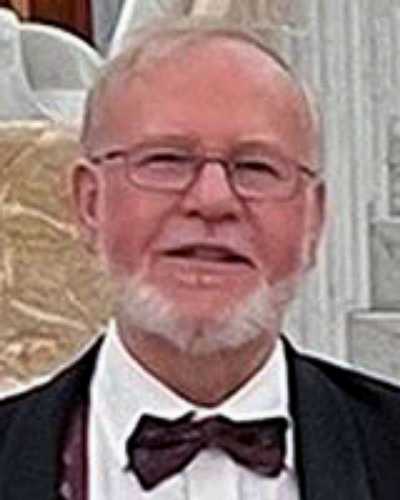Now published, see the full article 
Early Abstract:
Introduction: Little is known about how medical school placements in rural areas impact key stakeholders such as patients, host organisations, and the wider rural community. With engagement from rural communities crucial to the success of rural medical training, this case study seeks to demonstrate the benefit that rural clinical placements can have on rural general practices (systems) and likely impacts on communities (health outcomes). Specifically, we describe how a series of consecutive short-term student placements in a single rural practice were the drivers of a series of clinical audits and interventions resulting in improved management of chronic disease.
Methods: Data for this project were obtained via student research reports completed as part of a rural and remote medicine rotation at an Australian medical school. For this series of projects, eight consecutive students were based at the same rural medical centre, with each attending for 6-weeks across a 15-month period, completing a report for a quality improvement activity and evaluating the outcomes. Each project related to chronic kidney disease (CKD), with CKD chosen based on the needs of the medical centre and its higher burden in rural areas. Each project was developed and delivered in consultation with the practice, taking into account student interest and skills, and related projects completed prior or concurrently. Projects were related to database management (N=2), alignment between CKD management and best practice guidelines (N=3), patient health literacy (N=3), and a summary and staff perceptions of the preceding quality improvement activities (N=1).
Results: The combination of student projects led to tangible improvements in CKD management at a rural general practice. All doctors at the medical centre (N=4) reported using the database management tools implemented by the students and felt the interventions were sustainable, long-term solutions for ensuring clinical investigations are not being delayed or missed. Following the various interventions completed by the students, clinician knowledge and implementation of best practice CKD management increased, and some patients became more aware of their condition and how to manage it.
Conclusions: This case study provides evidence that short term rural clinical placements for medical students have the potential to greatly improve health care and clinical practice in rural and remote communities, when designed around a consistent topic within a medical practice. Outcomes of the student projects in combination demonstrate that addressing CKD management longitudinally led to improvements in administrative processes, clinical practices, and patient awareness and accountability, despite each student only being at the medical centre for a short period of time. Similar approaches to structuring rural clinical placements and defining community projects for medical students should be considered more broadly.




